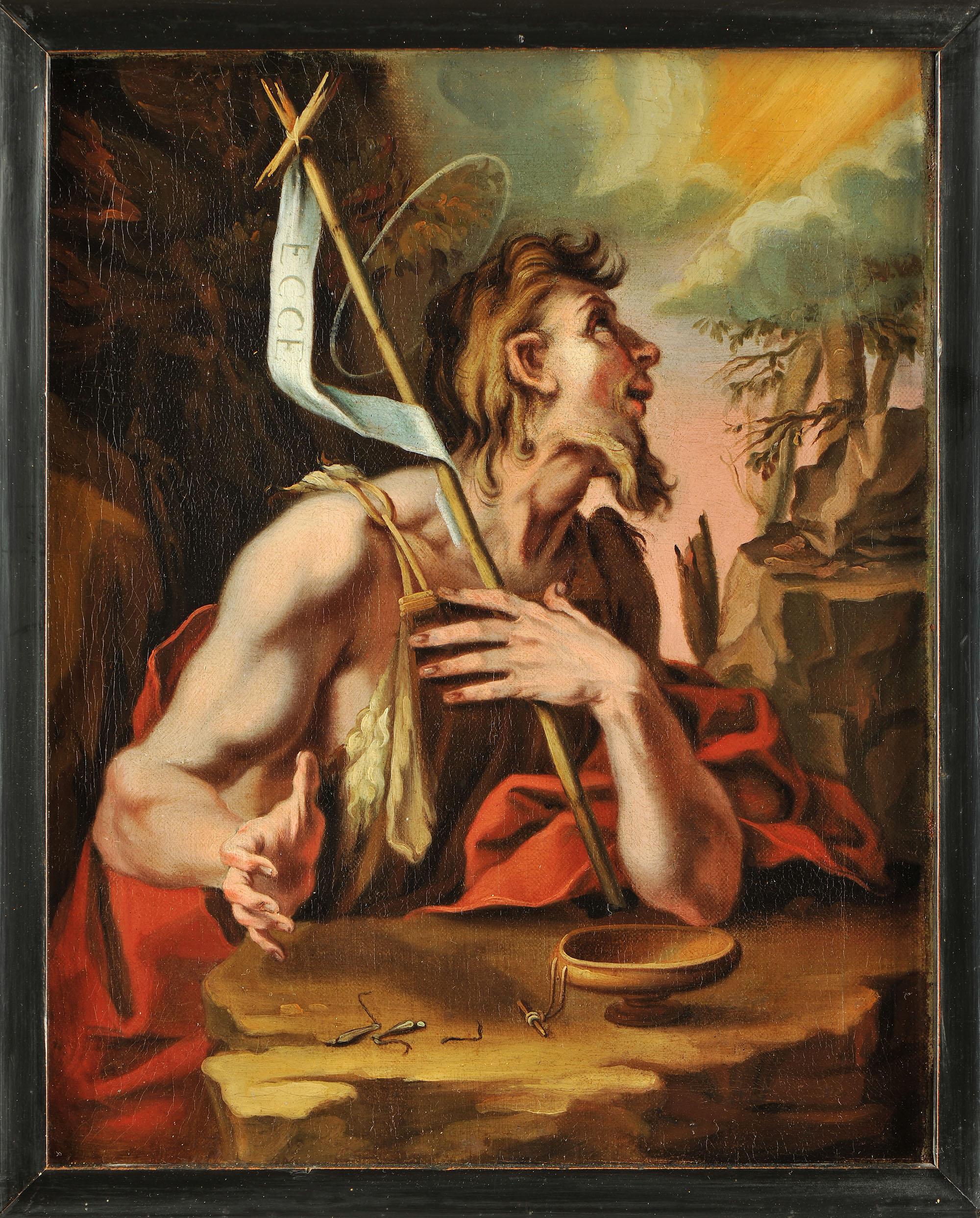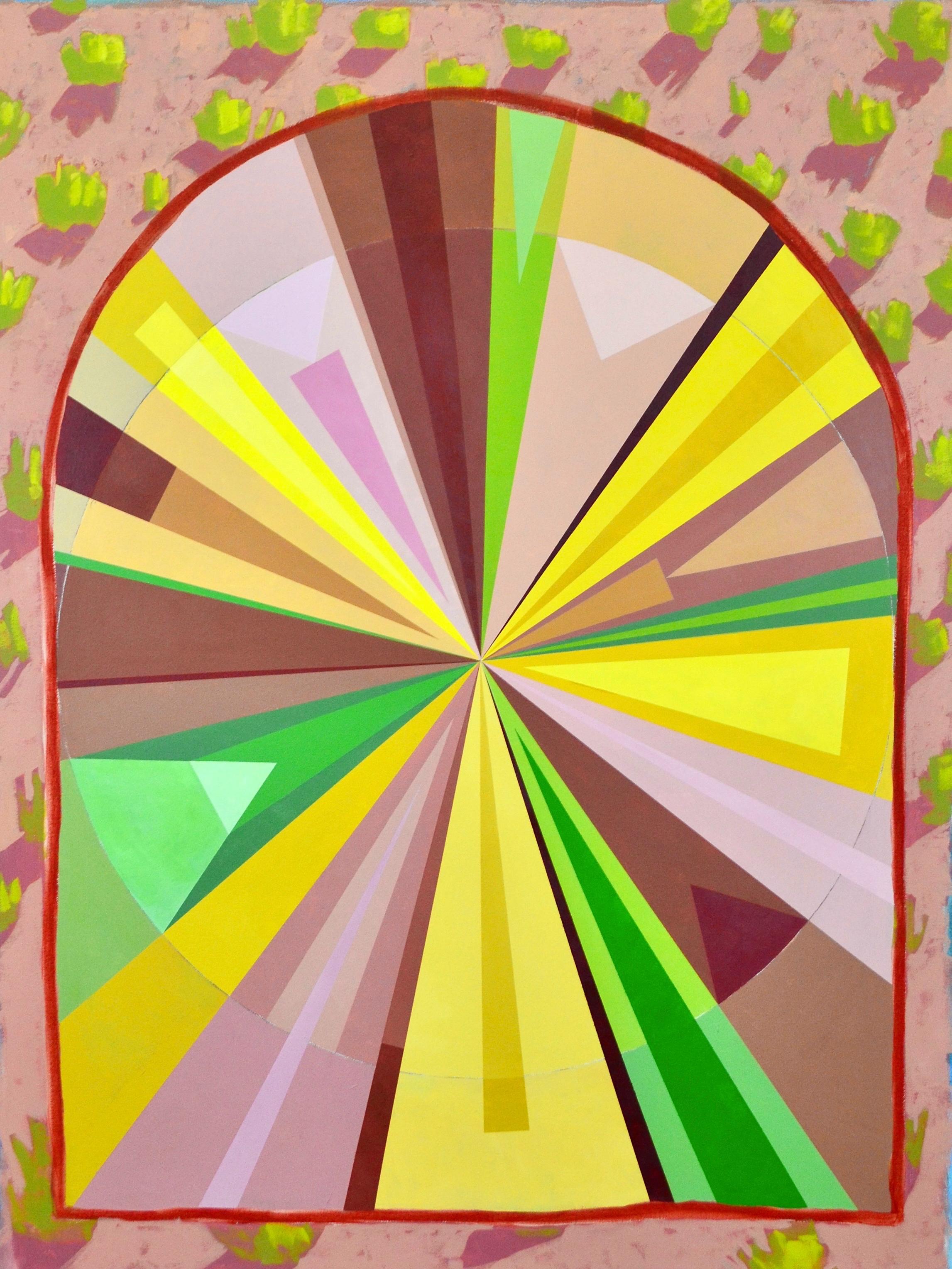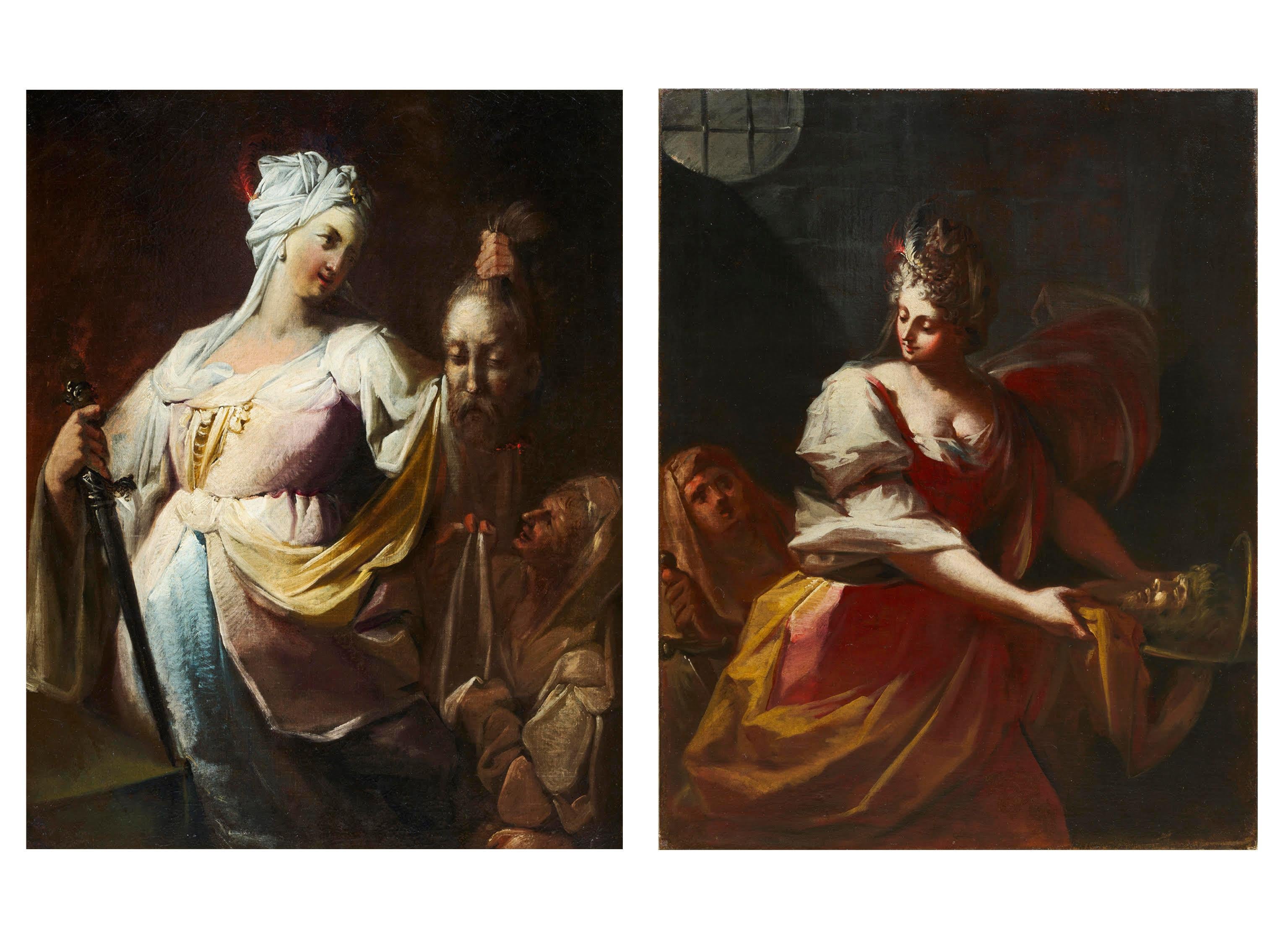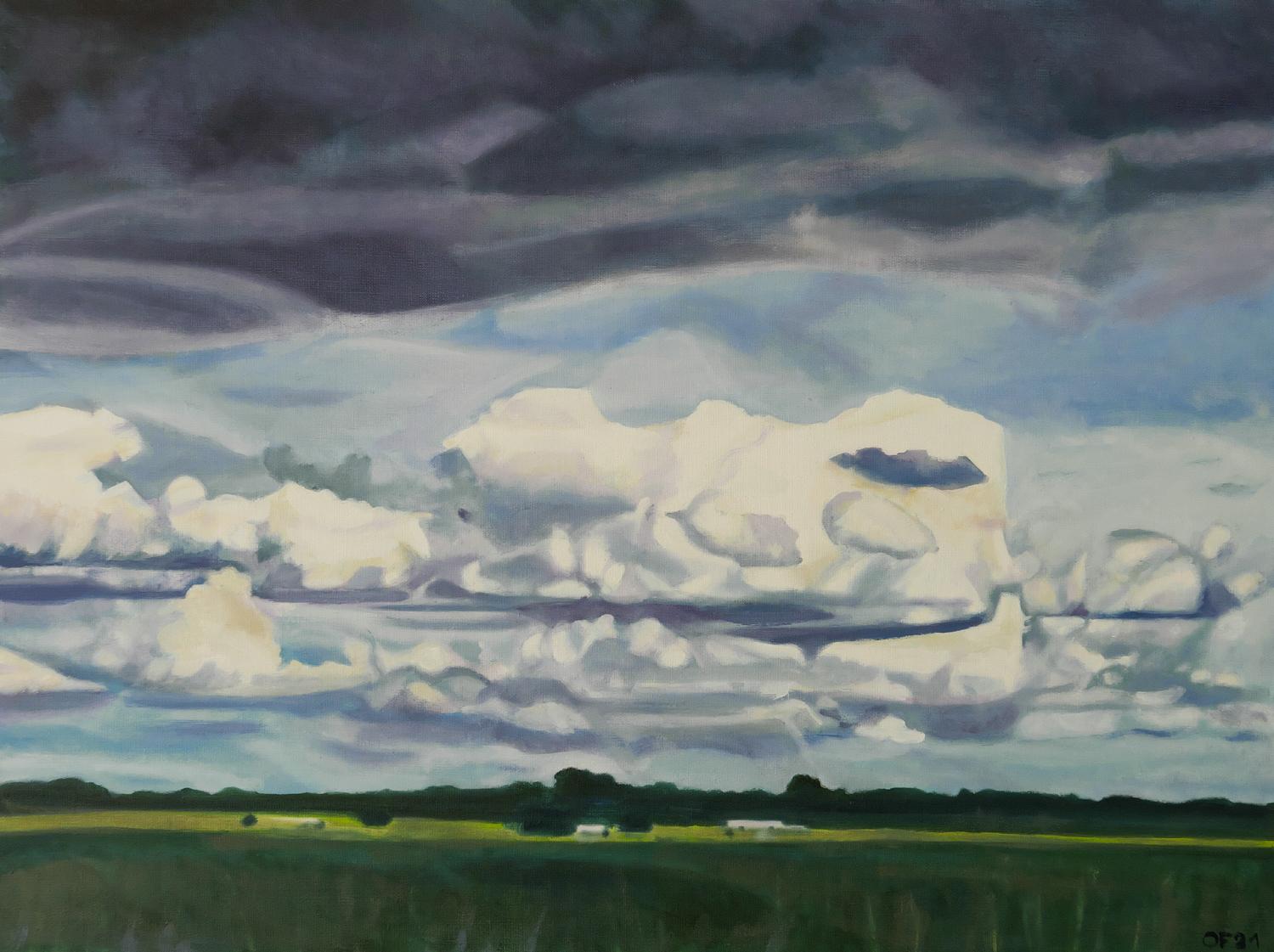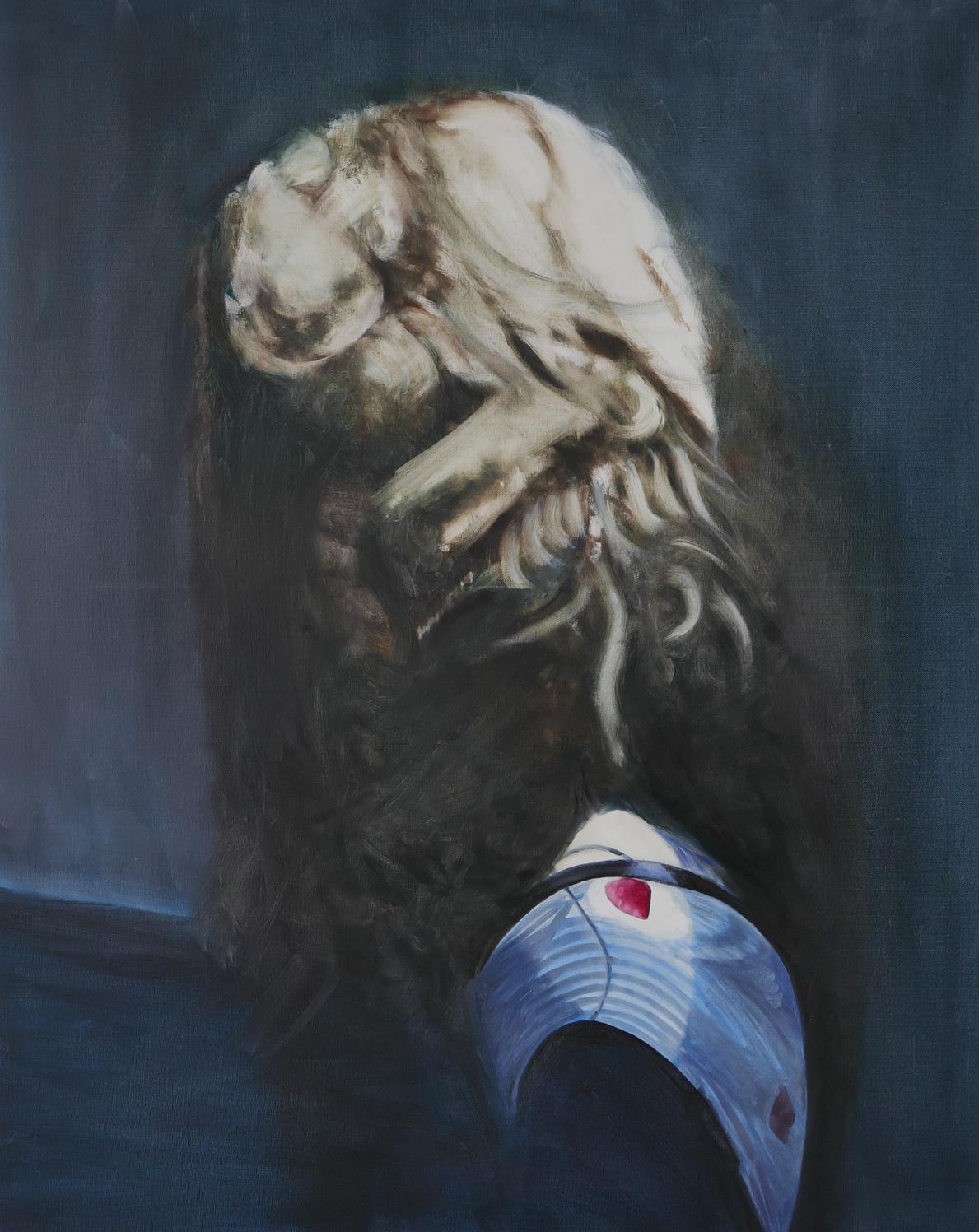Items Similar to Misia Broadhead Steeplechase Oil on Canvas 1996
Want more images or videos?
Request additional images or videos from the seller
1 of 7
Misia BroadheadMisia Broadhead Steeplechase Oil on Canvas 1996 1996
1996
About the Item
Art Sz: 4 3/4"H x 6 3/4"W
Frame Sz: 6 1/2"H x 8 5/8"W
w/ Misia Broadhead Studio Middleburg, VA label on verso
MISIA BROADHEAD was born in Washington D.C. and grew up in Italy, in Rome and Tuscany. Italy was a great source of inspiration for her creativity as she was surrounded by its marvels of art and architecture. She attended The Byam Shaw School of Drawing and Painting in London and upon her return to Rome hosted her first solo exhibit in 1980. She proceeded to work on commissions in Rome and Tuscany and subsequently hosted exhibits of her paintings in Washington, D.C. She later partnered with Susan Byrne and opened a gallery in Middleburg, Virginia, now known as The Byrne Gallery. When she married the English painter Anthony Barham in Middleburg, they created The Broadhead-Barham Studio open to visitors for commissioned work and sale of paintings. Misia and Anthony have their smaller paintings on permanent display at The Antique Emporium in Middleburg as well as The Inn at Little Washington.
- Creator:Misia Broadhead
- Creation Year:1996
- Dimensions:Height: 6.5 in (16.51 cm)Width: 8.63 in (21.93 cm)
- Medium:
- Period:
- Condition:
- Gallery Location:Bristol, CT
- Reference Number:
About the Seller
4.7
Vetted Seller
These experienced sellers undergo a comprehensive evaluation by our team of in-house experts.
Established in 2000
1stDibs seller since 2019
97 sales on 1stDibs
Typical response time: <1 hour
- ShippingRetrieving quote...Ships From: Bristol, CT
- Return PolicyThis item cannot be returned.
More From This SellerView All
- Julian Barrow c1993 'Looking West Over Terrace'By Julian BarrowLocated in Bristol, CTJulian Barrow (1939-2013) Art Size: 7 1/2"H x 9 1/2"H Frame Size: 10 1/2"H x 12 1/2"W Provenance: The Estate of Mary S.B. Braga Artist Bio: Julian Barrow was known for his landscapes and paintings of...Category
1990s Landscape Drawings and Watercolors
MaterialsOil, Canvas
- "Piglet Family"Located in Bristol, CTDelightful c1980s oil on canvas depicting a happy 'piglet' family of (8) by (Bobby) Livingston (Broadway producer) Art Sz: 10 1/2"H x 13 1/2"W Frame Sz: 12"H x 15"W w/ gilt bamboo...Category
1980s Drawings and Watercolor Paintings
MaterialsCanvas, Oil
- "Cheltenham Steeplechase" by Unity BushLocated in Bristol, CTCheltenham steeplechaser signed Unity Bush (LR) Art Sz: 11 3/4"H x 15 1/2"W Frame Sz: 14"H x 18"W c1970sCategory
1970s Drawings and Watercolor Paintings
MaterialsCanvas, Oil
- Dalmatians Oil on CanvasLocated in Bristol, CTArt Size: 8 5/8"H x 7 5/8"W Frame Size: 10"H x 9"W In gilt bamboo frameCategory
20th Century Drawings and Watercolor Paintings
MaterialsCanvas, Oil
- Danish Country Estate Oil On CanvasLocated in Bristol, CTArt Sz: 23 1/2"H x 30 1/2"W Frame Sz: 31"H x 38"W x 1 1/4" D Charming Danish country estate c1950s oil on canvas signed ?AS (LR)Category
Mid-20th Century Drawings and Watercolor Paintings
MaterialsCanvas, Oil
- The Schooner CanandaiguaLocated in Bristol, CTLovely oil on canvas depicting The Schooner Canandaigua by BK Kremitske Art Sz: 7 3/4"H x 11 3/4"W Frame Sz: 10"H x 14"WCategory
20th Century Figurative Paintings
MaterialsCanvas, Oil
You May Also Like
- Fenzoni, Painting AND preparatorial Drawing, John the Baptist, Italy RenaissanceBy Ferrau FenzoniLocated in Greven, DEThe painting and the preparatory drawing are offered together. Provenance Private collection, Germany, Trier, c. 1980- 2013 Saint John the Baptist Brown ink and wash over red chalk on oatmeal paper 31 x 20.5 cm Inscribed: „Ferrau Fenzonio da Faenza invt. esque … imp. da Fran. Villamena …“. bears the collector's mark of Henry Scipio Reitlinger (1882-1950; Lugt 2274a) on a tiny label glued to the verso On the reverse is a partial drawing of a Pieta, pricked for transfer. Provenance New York, Doyle, 14. October 2015, No. 6 The painting and the preparatory drawing resemble the composition of an engraving after Ferraù Fenzoni by Francesco Villamena. Drawing, engraving and painting are almost identical, except for minor differences. Even the measurements nearly correspond: painting (32 x 25,5 cm), drawing (30 x 20,5 cm), engraving (31,1 x 23,5 cm). Dr. Guiseppe Scavizzi confirmed the attribution of the present panting to Fenzoni and he dates it to c. 1590. The inscription on the drawing reads “Ferrau Fenzonio da Faenza invt. esque. . . imp. da Fran: Villamena . . .”. The engraving’s inscription also lists place and date “Ferra Fensionius inventor/F. Villamoena sculpsit Rome/Aspectu fruitur… antra puer/cum Privilegio… 1613”. Interestingly, the engraving is not mirrored as it is in most printing processes. Painting, drawing and engraving are not reversed but the same. It is remarkable to note that there are further paintings by Fenzoni which were engraved in the same order and not reverted. They also show strong parallels regarding the compositions and the measurements (see for example “Deposition of Christ” ). Ferraù Fenzoni was an Italian painter mainly active in Todi. He is also called Il Faenzone after his birthplace (Faenza). He apprenticed in Rome during the papacy of Gregory XIII and contributed to numerous fresco cycles under pope Sixtus V, such as the Loggia della Benedizioni in the Lateran Palace, the frescoes on the walls and vaults of the Scala Santa of the adjacent Basilica of San Giovanni in Laterano, and the decoration in the Sistine library. His expressive canvases straddle the styles of Mannerism and Baroque. In 1594, he moved to Todi. A “Last Judgement” by him is housed in the cathedral of Todi. He returned to Faenza in 1599, where he decorated chapels in the cathedral from 1612 to 1616. In 1622, he completed a “Deposition”, now in the local Pinacoteca. In 1640, Fenzoni was named “cavaliere dello speron d’oro” by Cardinal Colonna and, on 25th April 1634, he was nominated vicar and “castellano of Granarolo”. Fenzoni‘s style is characterized by a mixture of the Mannerism of the Northern Netherlands and the Italian Baroque. Saint John the Baptist, Old Master, 17th Century, By Fenzoni, Religious Scene, Rome Art...Category
16th Century Mannerist Figurative Paintings
MaterialsCanvas, Oil, Handmade Paper
- American, Contemporary, Abstract, Circular and Colorfully Large WorkLocated in Fort Worth, TXLayla Luna, Ramona II, 2020, Acrylic on canvas. 48 x 36." This fantastical painting by American artist Layla Luna is a contemporary, abstract, circular, and...Category
21st Century and Contemporary Contemporary Abstract Paintings
MaterialsCanvas, Oil, Acrylic
- Judith and Salome, a pair of oil paintings on canvas by Francesco ContiLocated in PARIS, FRThis widely referenced pair of paintings is one of Francesco Conti’s most successful productions. Francesco Conti is one of the finest painters of 18th-century Florence. In the shimmering colors typical of his best work, he represents two opposite characters from the Bible: the virtuous Judith, whose courage saves her people by cutting off the head of the invader Holofernes, and the depraved Salome, who under the influence of her mother becomes responsible for the beheading of the prophet John the Baptist. The artist's talent lies in his ability to treat these two macabre subjects with a light touch, presenting us with two attractive women who seem to twirl with glee amidst the severed heads... 1. Francesco Conti, the “Florentine Tiepolo” Francesco Conti is a major painter of the Florentine school of the 18th century; he can even probably be considered, along with Giovanni Domenico Ferretti (1692-1768), as one of the two main painters of the second quarter of the Florentine 18th century. Born in Florence in 1682, Francesco Conti began his apprenticeship in the workshop of Simone Pignoni (1611 - 1698), a disciple of Francesco Furini; he was also influenced by the Venetian Sebastiano Ricci. A protégé of Marquis Riccardi, he accompanied him to Rome between 1699 and 1705, where he frequented Carlo Maratta's studio. He settled permanently in Florence in 1705. Painted exclusively on canvas, the majority of his work consists of religious subjects, altarpieces or private devotional works. It is likely that Conti himself was a devout churchgoer, as evidenced by his affiliation, in the third decade of the eighteenth century, to the Society of the Disciples of Saint-John-the-Baptist, and his entry, at the end of his life, into the fraternity of the Venerable Society of the Holy Trinity. In Florence, Conti worked for the Grand Duchy's major patrons, including the last Medici - in particular Giangastone and Annamaria Luisa, Electress Palatine - and confirmed his role as a reference painter under the Lorraine Regency, as master of the Public Drawing School, which was closely linked to the institute responsible for the manufacture of semi-precious stone mosaics, then located in the Uffizi complex. Matteo Marangoni, an art critic of the early 20th century, praised his "brushwork full of elegance and true spirit of the 18th century", pointing out that Conti was "probably one of the best colorists" of the Florentine school of his time. These two characteristics led the art historian Paolo dal Poggetto to nickname him the "Florentine Tiepolo". 2. Judith and Salome, two biblical characters opposing each other These two paintings form a pair presenting two biblical episodes, which have in common the depiction of a "heroine" carrying the severed head of a man. While the Salome episode might at first appear to be an echo of the Old Testament story of Judith, each character is the exact opposite of the other. Judith, whose story is told in the Book of Judith, is a beautiful young widow from Bethulia who, accompanied by her maid, went into the camp of the invading Assyrians and won the confidence of Holofernes, the general commanding the enemy army. Invited to a great feast on the fourth evening, she took advantage of Holofernes' drunkenness to cut off his head. “She went up to the bedpost near Holofernes’ head, and took down his sword that hung there. She came close to his bed, took hold of the hair of his head, and said, “Give me strength today, O Lord God of Israel!” Then she struck his neck twice with all her might, and cut off his head. Next she rolled his body off the bed and pulled down the canopy from the posts. Soon afterward she went out and gave Holofernes’ head to her maid, who placed it in her food bag...Category
1710s Old Masters Figurative Drawings and Watercolors
MaterialsOil, Canvas
- Swiss Contemporary Art by Olivier Furter - Île-de-France IIILocated in Paris, IDFOil on linen canvas - Framed 63.8 x 84 x 3.4 cmCategory
2010s Contemporary Figurative Drawings and Watercolors
MaterialsCanvas, Oil
- Swiss Contemporary Art by Olivier Furter - GertrüdeLocated in Paris, IDFOil on linen canvasCategory
2010s Contemporary Figurative Drawings and Watercolors
MaterialsOil, Canvas
- French Contemporary Art by Karine Bartoli - Porto La DoucheBy Karine BartoliLocated in Paris, IDFOil on canvas Karine Bartoli was born in 1971 in Ajaccio. She enrolled at the Ecole Nationale Superieure des Beaux Arts in Marseille where she graduated in 1997. Since then she has ...Category
2010s Contemporary Landscape Drawings and Watercolors
MaterialsCanvas, Oil
